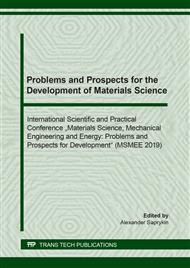p.26
p.32
p.37
p.43
p.51
p.57
p.63
p.68
p.73
Third Generation of Working Fluids for Advanced Refrigeration Heating and Power Generation Technologies
Abstract:
Since the 1987 Montreal Protocol, chlorinated refrigerants (CFCs and HCFCs) have been pointed out as responsible for the destruction of the ozone layer. The chemical industry has realized suitable replacement for CFC-12 and for HCFC-22 e.g. HFC-134a, HFC-404A, HFC-410A, HFC-507. This generation of refrigerants developed by the chemical industry can be characterized by the no ozone depleting potential and long atmospheric lifetime resulting in global warming potential. The contribution of the HFCs to the global warming brings up to discussion whether the HFCs should be considered as a transitional substance. Historically the use of natural and ecologically safe refrigerants was a strategy to eliminate environmental problems and avoid uncertainties with synthetic replacement fluids. Since ammonia is toxic, carbon dioxide provide high pressure, and the hydrocarbons are flammable, the general conclusion is often drawn that natural fluids gave safety problems. This paper will describe the possibilities of application as working fluids in low-temperature engineering refrigeration, heat pumping and organic Rankine cycles of the hydrofluoroolefins (HFOs) as third generation of synthetic working fluids.
Info:
Periodical:
Pages:
51-56
Citation:
Online since:
April 2020
Price:
Сopyright:
© 2020 Trans Tech Publications Ltd. All Rights Reserved
Share:
Citation:


